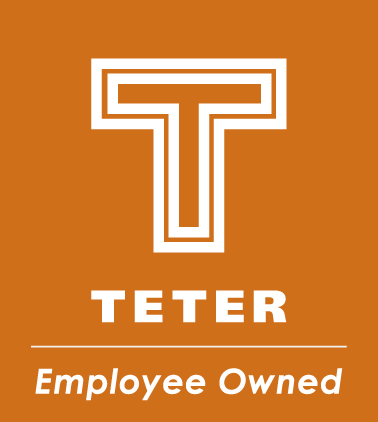 CONNECT ACROSS GENERATIONS
CONNECT ACROSS GENERATIONS
Originally printed in the Zweig Letter on May 9, 2021 by Allyson McDonald and Megan Chang

Matching your communication style to the needs of those you’re communicating with will ensure your message is received.
The pandemic has certainly forced us to communicate differently and to use even more tools than before, such as Microsoft Teams, Zoom, and Slack, just to name a few. By now, most of us have figured out the communication medium we prefer, as well as the preferences of those we work with frequently. However, have you stopped to think about the preferences of those you’re working with for the first time (be they a new client/consultant, or a co-worker from another team)? Even if you don’t know someone, you can usually deduce some of their preferences based on their generation. Taking the time to do this can foster improved communications and stronger relationships.
Most workplaces today have three or four different generations working together. At TETER, our generational makeup is 0 percent traditionalist (pre-1946), 24 percent baby boomer (1946-1964), 25 percent Generation X (1965-1980), and 51 percent millennial (1981-1999). As we’ve worked together, we’ve learned that some of the keys to successful communication involve the appropriate communication medium and the messaging tenor for each individual generation.
You’ll find that different generations tend to prefer different communication methods, with each generation becoming less and less formal. Traditionalists gravitate toward in-person meetings and formal memos; baby boomers prefer phone calls or in-person conversations; Generation X favors emails and phone calls; and millennials wish most communication could be done with their phone via texts and instant messaging. Even with working remotely, these differences in preference tend to remain true. It should be noted, however, that as much as video calls can bring the in-person aspect back to working remotely, the likelihood of having technical difficulties still makes a phone call preferable for most baby boomers and traditionalists. It almost goes without saying that individual preferences will vary from person to person, and some items (such as proposals/RFQs or business reports) will require formal communication, whether you’re a millennial or not!
In addition to modes of communication, understanding differences in society and historical events for each generation can also help you better tailor your messaging itself. After all, each generation was raised in a society that was significantly different than the one before it, especially in regards to technology.
TRADITIONALISTS were raised during World War II and the Great Depression, and became adults as we were making huge advances in technology, so much so that they put a man on the moon. However, their practical outlook and dedication to hard physical labor means they prefer to do things manually and are suspicious of technological short-cuts.
BABY BOOMERS experienced the Vietnam War, the Civil Rights Movement, and watched man landing on the moon as children, spurring a dream to push boundaries and pursue the impossible. They want to master technology and make the most of it.
GENERATION X experienced the Gulf War and watched the Berlin Wall fall. They watched barriers disappear and connection happen through the development of the personal computer and the internet becoming available at home. This allowed them to enjoy technology and use it as a tool to pursue careers that included multiple companies and freelancing, especially as they looked for work-life balance.
Technology has been part of MILLENNIALS‘ lives from the beginning, or it at least came to be commonplace when they were relatively young. It allowed them to closely experience major events such as 9/11 and the Great Recession. Technology is part of everyday life and easily connects millennials to the rest of the world – but only on a basic, surface level. As a result, they can struggle in developing strong, meaningful personal relationships

